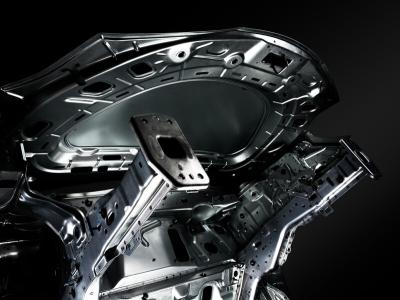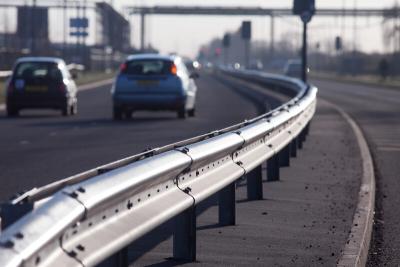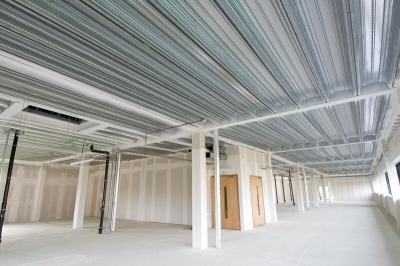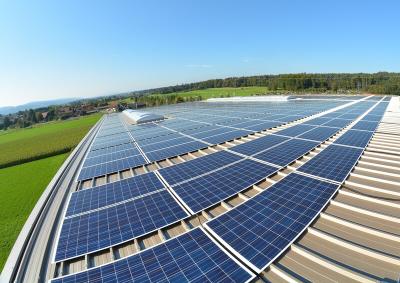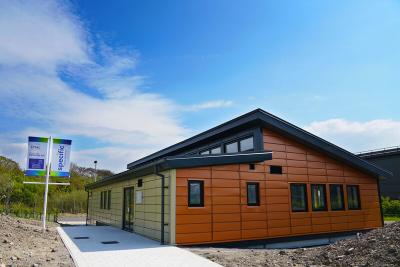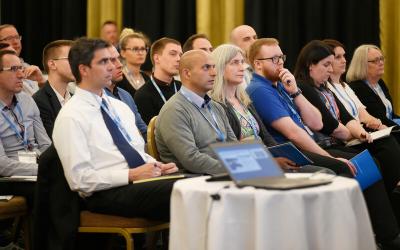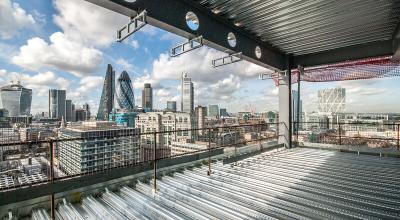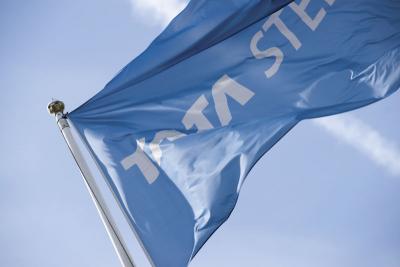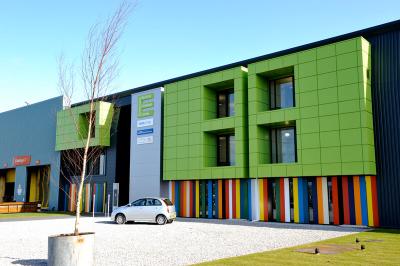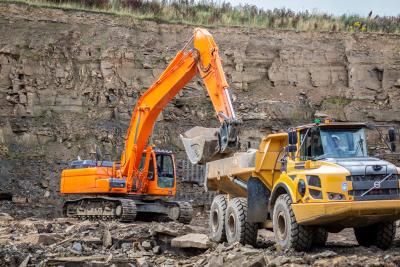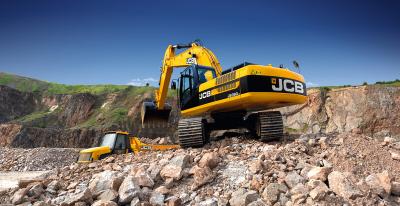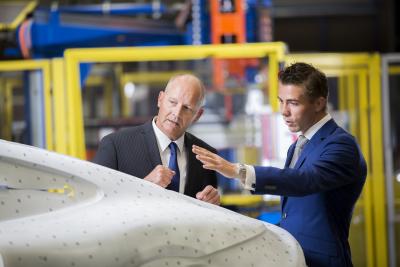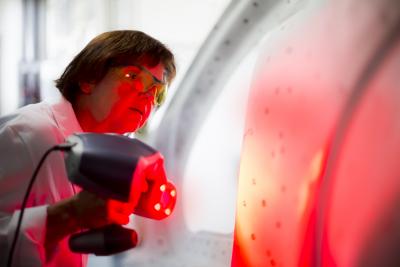Complementary strengths and rich heritage mean the two joint venture partners are well-placed to tackle structural challenges in European steel.
Like Tata Steel, thyssenkrupp is a company with a rich heritage in European steel.
While parent group thyssenkrupp AG only came into being in 1999, with the merger of the Thyssen and Krupp businesses, the Thyssen and Krupp families themselves had been making steel in Germany since the 19th century.
The Krupp company has a rich and varied heritage in steel production. Its origins are in Essen, where Friedrich Krupp established a cast steel factory in 1811. After Friedrich’s death in 1826, the Krupp company grew rapidly, its expansion driven in part by increased demand for durable cast steel for rail networks. The company also produced much of the steel used to build railroads in the US and capped the famous Chrysler Building in New York.
The fact the Thyssen name is now so closely associated with the world of steel owes much to one man – August Thyssen. In 1871, he established Thyssen and Co in Mülheim an der Ruhr. Up until his death in 1926, August oversaw a period of sustained expansion, which included the establishment of an integrated iron and steel mill at the Gewerkschaft Deutscher Kaiser coal mine in Hamborn, near Duisburg.
thyssenkrupp Steel Europe, the European arm of thyssenkrupp AG, is based across several locations in Germany, as well as having a steel service centre in Antwerp, Belgium. It has grown to become one of the world’s leading suppliers of highgrade flat steel. It is particularly strong in the automotive sector, but also in machinery, plant engineering, the packaging industry and the energy sector.
What would thyssenkrupp bring to the joint venture?
As well as its Steel Europe business, there are also ideas for the joint venture to include thyssenkrupp MillServices & Systems GmbH, a steel mill services provider that is part of its materials services business.
Together, the new company, thyssenkrupp Tata Steel, would have a workforce estimated at 48,000 employees, spread across 34 locations.
Dr Heinrich Hiesinger, CEO of thyssenkrupp AG, says: “In Tata Steel, we have found a partner with a very good strategic and cultural fit. Not only do we share a clear performance orientation, but also the same understanding of entrepreneurial responsibility towards our workforce and society.”
How do the values of the two companies complement each other?
The five values of Tata Steel reflect the company’s commitment to sustainability, innovation and its communities.
■ Pioneering – being bold and agile, and developing innovative solutions to challenges
■ Responsibility – to the countries, communities and environments in which the company works
■ Excellence – constantly striving to achieve the highest possible standards for customers and colleagues
■ Unity – building strong relationships with colleagues, customers and partners across the globe
■ Integrity – conducting business fairly, with honesty and transparency.
In thyssenkrupp, Tata Steel has found a partner whose values closely align with its own. thyssenkrupp’s mission statement sets out how the company – like Tata Steel – is committed to leading in terms of innovation, in order to meet the challenges of tomorrow. Like Tata Steel, thyssenkrupp is also committed to putting customers at the heart of everything it does, and to operating with integrity and transparency.









